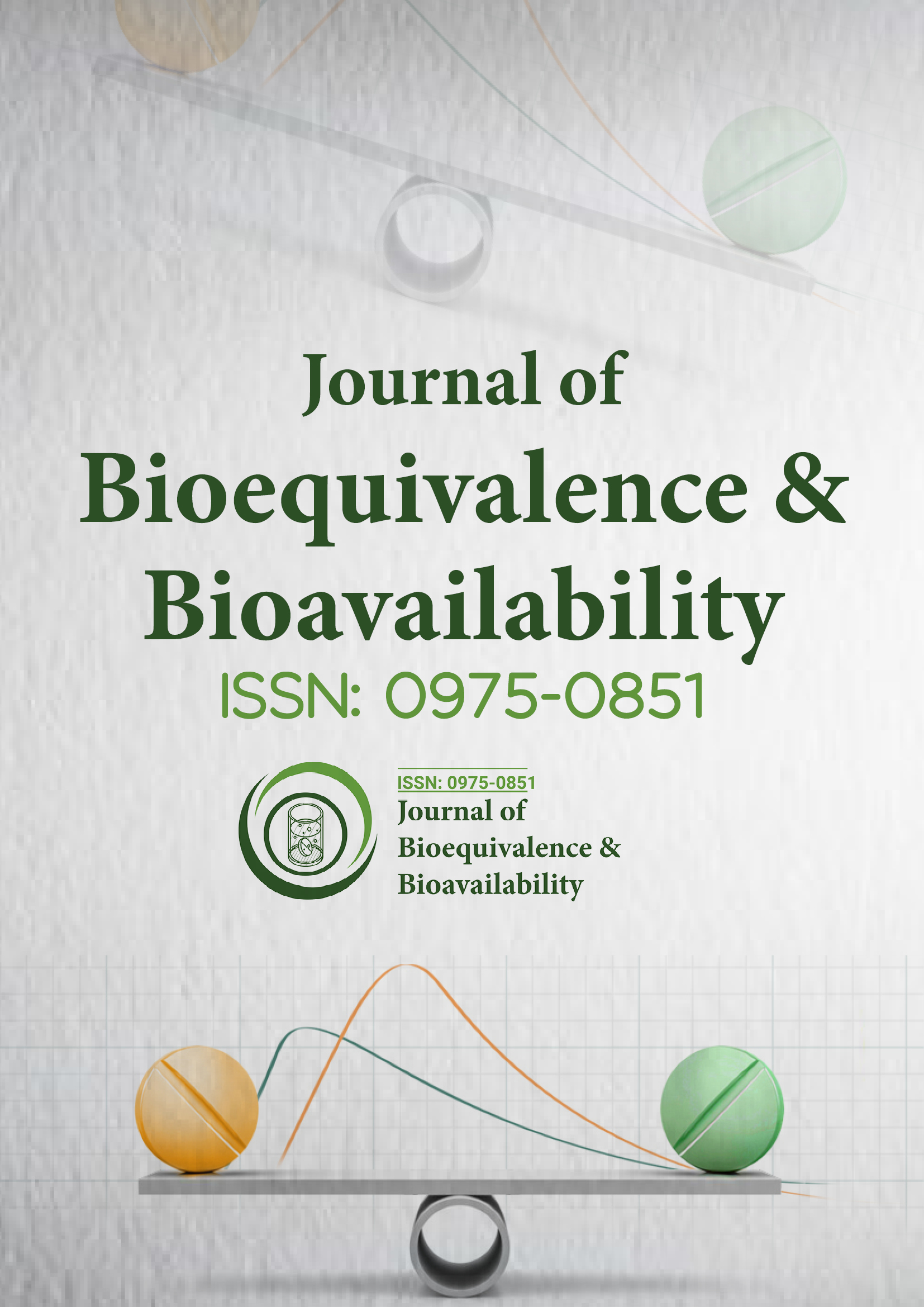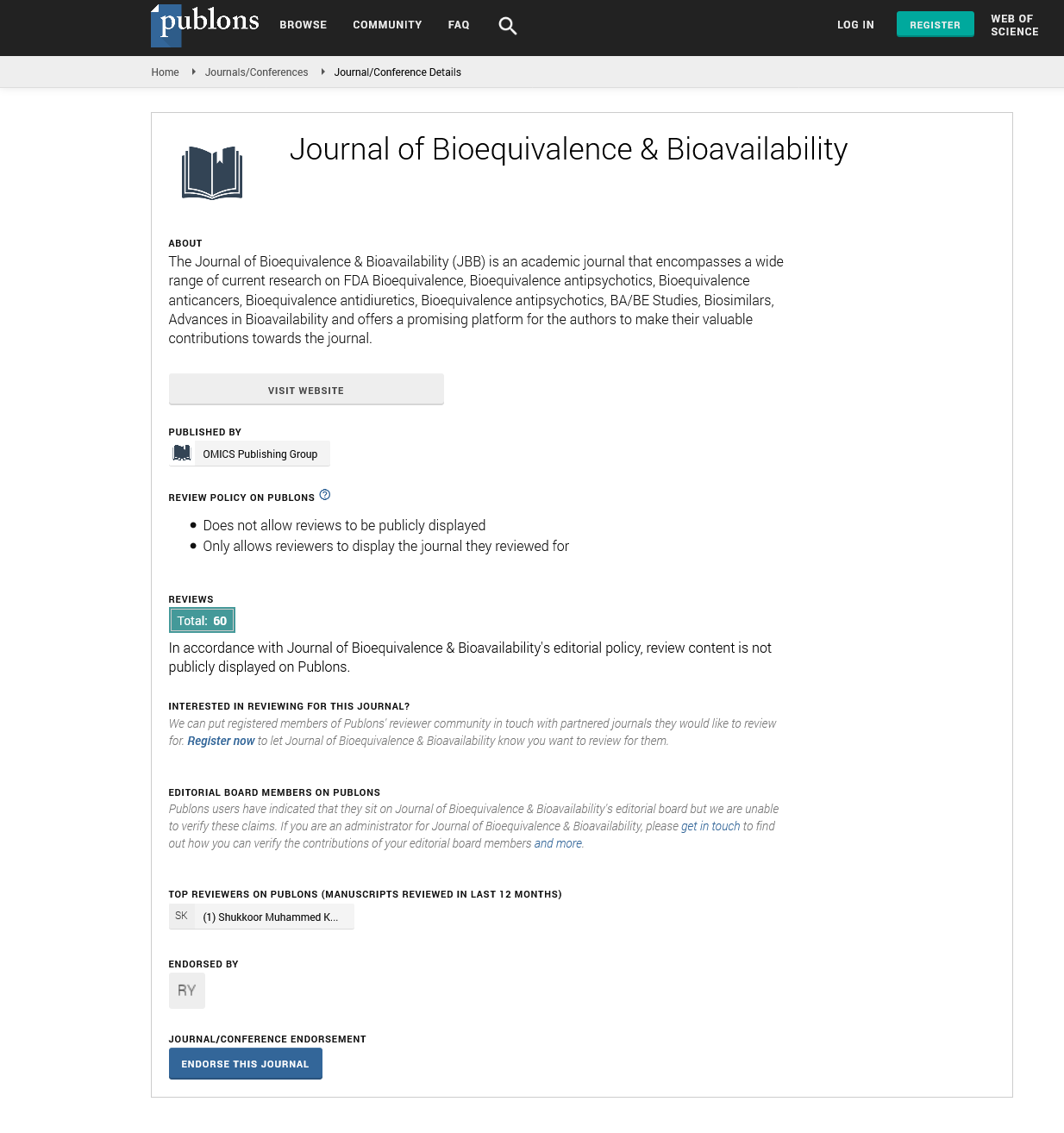Indexed In
- Academic Journals Database
- Open J Gate
- Genamics JournalSeek
- Academic Keys
- JournalTOCs
- China National Knowledge Infrastructure (CNKI)
- CiteFactor
- Scimago
- Ulrich's Periodicals Directory
- Electronic Journals Library
- RefSeek
- Hamdard University
- EBSCO A-Z
- OCLC- WorldCat
- SWB online catalog
- Virtual Library of Biology (vifabio)
- Publons
- MIAR
- University Grants Commission
- Geneva Foundation for Medical Education and Research
- Euro Pub
- Google Scholar
Useful Links
Share This Page
Journal Flyer

Open Access Journals
- Agri and Aquaculture
- Biochemistry
- Bioinformatics & Systems Biology
- Business & Management
- Chemistry
- Clinical Sciences
- Engineering
- Food & Nutrition
- General Science
- Genetics & Molecular Biology
- Immunology & Microbiology
- Medical Sciences
- Neuroscience & Psychology
- Nursing & Health Care
- Pharmaceutical Sciences
Abstract
Pakistani Women Knowledge, Beliefs and Attitudes towards Osteoporosis
Sadia Shakeel, Safila Naveed, Wajiha Iffat, Faiza Nazeer and Yumna Nida Yousuf
The purpose of the present study was to assess knowledge of risk factors, identify beliefs and attitudes about osteoporosis, and delineate the healthy behaviors associated with osteoporosis in Pakistani women. This cross sectional study was conducted from Jan till June 2015 by adopting a pre validated questionnaire distributed to women between the age of 18 to 55 years, who had agreed and given consent to participate in the study. Descriptive statistics were used to demonstrate students’ demographic information and their response to the questionnaire items. Pearson’s chi-squared test was executed to evaluate the association of age, marital and educational status of respondents on their response to the questionnaire (p value < 0.05 was considered as significant). The present study revealed the response rate of 65%. Our findings revealed that majority of the participated women knew about osteoporosis and considered it to be a serious disease. Inspite of having knowledge the respondents are not practicing appropriate lifestyle and dietary habits to decrease their risk of osteoporosis. Such behaviors include inadequate physical activity, inadequate calcium and vitamin D intake. The current study identifies that there is a need of standardized approach coupled with the well-structured health education programs to promote healthy behaviors, identify women at-risk, and encourage early diagnosis and treatment.

